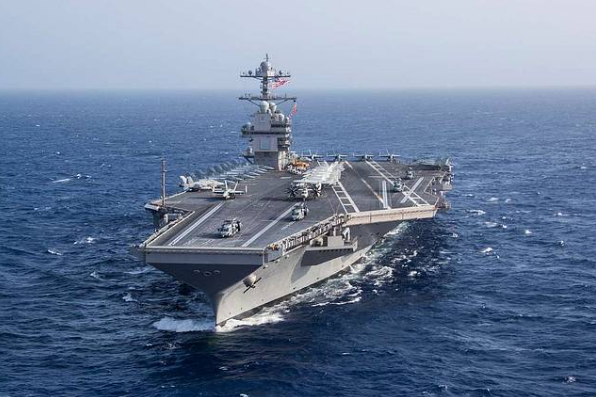
“The Western Hemisphere is America’s neighborhood – and we will protect it.” Those words from Defense Secretary Pete Hegseth framed the arrival of the USS Gerald R. Ford Carrier Strike Group in the Caribbean as more than a routine naval maneuver. It is a calculated projection of power at a time when Washington’s standoff with Venezuela is edging toward a critical juncture.
In the past few months, lethal strikes against vessels suspected of drug trafficking have killed more than 80 people, while the largest regional naval presence in generations has been assembled. The Ford’s deployment under Operation Southern Spear marks a pivot from counter-narcotics toward the strategic squeeze on President Nicolás Maduro’s regime. It is not about a single ship but about its capabilities, geopolitical messages, and engineering novelties as an unparalleled tool of U.S. policy.

1. Ford-Class as the Nimitz Successor
The USS Gerald R. Ford belongs to a new class of United States supercarriers that replace the Cold War-era Nimitz class. Although both displace roughly 100,000 tons, the Ford boasts a redesigned hull that cuts drag, an aft island now more compact, and increased flight deck space. These changes allow for faster aircraft launch and recovery cycles, increasing sortie generation over its predecessor by 25%. It also carries a similar size in air wing but with the addition of advanced platforms-the F-35C and unmanned aerial vehicles-representing a fundamental shift in carrier aviation capability.

2. Powerhouse Reactors and Electrical Capacity
The Ford-class carriers feature twin Bechtel A1B nuclear reactors, each capable of producing 300 MW—triple the number of the Nimitz-class A4W reactors. The extra electrical capacity allows energy-intensive systems to be supported, such as electromagnetic catapults, advanced radar, and, for the future, directed-energy weapons. Design simplifications of the reactors, including fewer valves and pipe sizes, reduce maintenance demands and crew needs. These are projected to save $5 billion during a ship’s lifetime.

3. EMALS and Advanced Arresting Gear
The EMALS, which replaces 1950s-era steam catapults, is powered by linear induction motors for precise, gentler acceleration. It will enable both heavier strike aircraft and lighter UAVs to be launched while reducing airframe stress. Recovery operations will also be easier and more adaptable to future aircraft designs with the Advanced Arresting Gear paired with it. Working in tandem, these systems allow Ford to generate 160 sorties per day, surging to 220 in high-intensity operations.
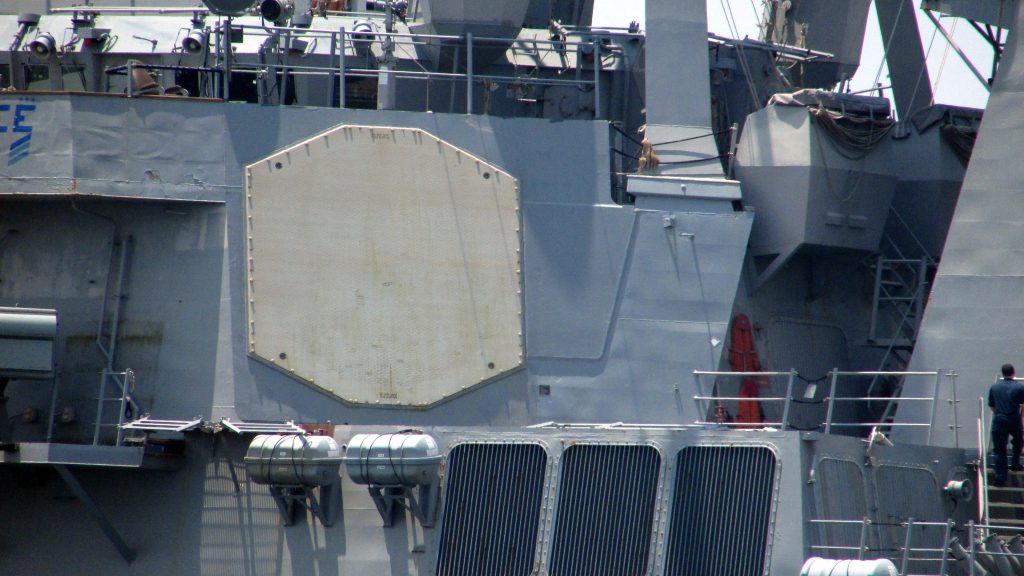
4. Advanced Sensors and Defensive Systems
The Ford-class integrates the AN/SPY-3 X-band multifunction radar and S-band volume search radar, allowing for simultaneous tracking, missile guidance, and horizon search. These systems detect low-observable anti-ship cruise missiles and support engagement with Evolved Sea Sparrow and Standard Missiles. Defensive layers include SeaRAM launchers, Rolling Airframe Missiles, and Phalanx CIWS, ensuring robust protection against aircraft, missiles, and small surface threats.
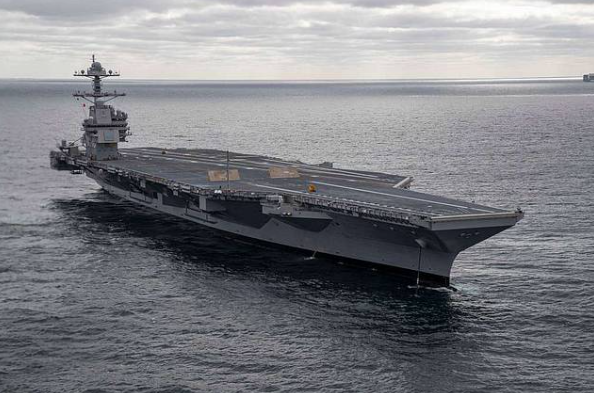
5. Engineering Challenges and Cost Overruns
The Ford’s $13.3 billion price tag reveals its state-of-the-art systems and how delays in their integration are reflected. Early in development, EMALS, dual-band radar, and arresting gear experienced problems; schedules began to slip, and costs started to balloon. A GAO review warned optimistic labor-hour estimates, along with insufficient cost surveillance, could drive overruns. Future Ford-class ships, such as USS John F. Kennedy, promise to hew to tighter cost caps, but the lead ship’s budget experience has underlined how tough a challenge it is to balance innovation with fiscal discipline.

6. Combat Debut and Extended Deployments
Commissioned in 2017, the Ford actually only began operational deployments in 2023. Its first mission included NATO exercises before being diverted to the Mediterranean during the Israel-Hamas war. During more than 239 days, it notched 17,826 flight hours, 10,396 sorties, and 83,476 nautical miles without major mishaps. This operational record demonstrated the readiness and endurance of the ship in real-world conditions, validating years of testing.
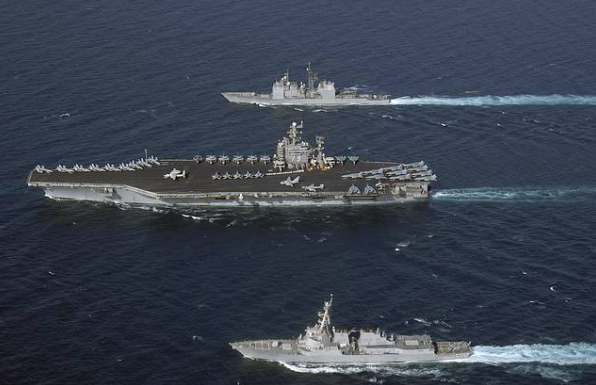
7. Strategic scope of Operation Southern Spear
Announced by Hegseth, Operation Southern Spear targets “narco-terrorists” but is widely viewed as a pressure campaign against Maduro. The Ford Strike Group joins amphibious units, guided-missile destroyers, cruisers, and Marine expeditionary forces in the Caribbean. The scale-nearly a dozen ships and 12,000 personnel-marks the largest U.S. military buildup in Latin America in decades, combining maritime dominance with potential amphibious and airborne options.
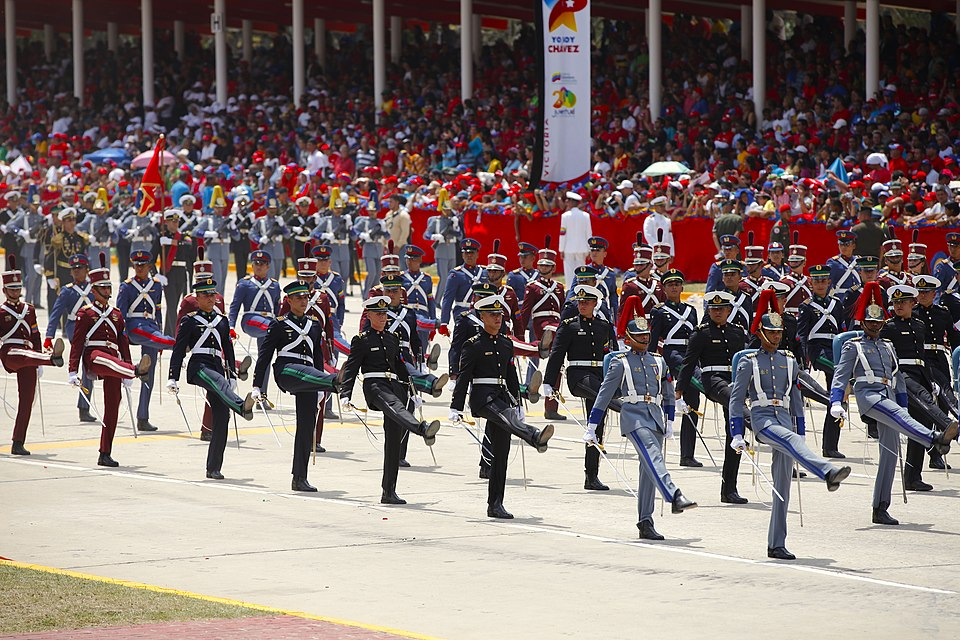
8. Venezuelan Response and Regional Tensions
Caracas has mobilized close to 200,000 troops in exercises framed as a defense against “imperialist threat.” President Maduro accuses Washington of concocting pretexts for aggression, while regional analysts underline that carriers offer little utility against drug cartels but considerable leverage in coercing governments. The proximity of US forces to the shores of Venezuela amplifies risks of escalation, and both sides are signaling readiness for confrontation.
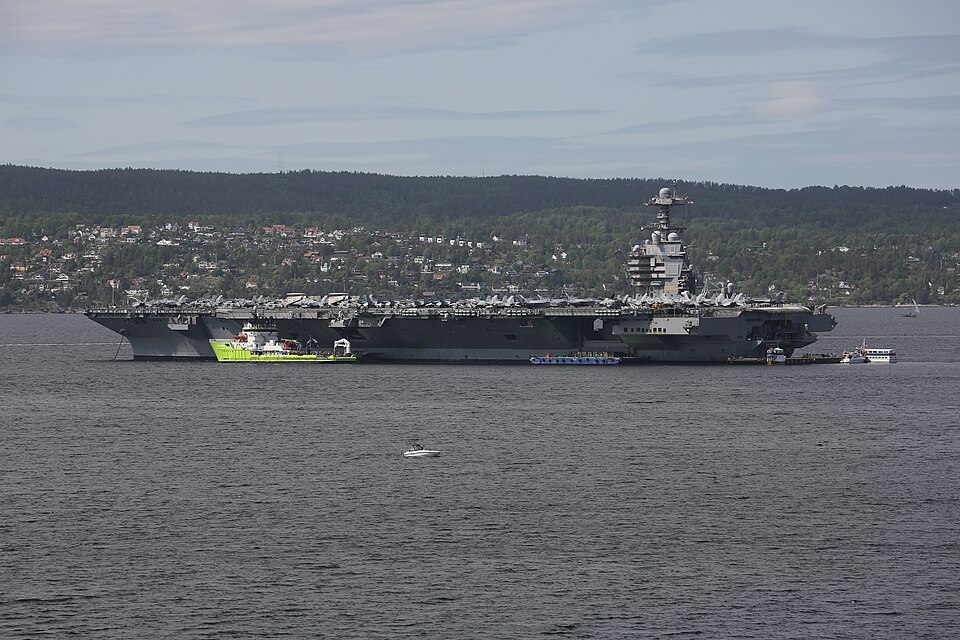
9. Possible Paths of Escalation
Analysts identify two main target groups if strikes intensify: cartel infrastructure and regime assets. Strikes against cartels provide options for flexible disengagement; strikes against regime leadership risk entangling the United States in months- or even years-long campaigns. Air operations would likely start with suppression of Venezuelan air defenses, followed by command-and-control disruption. The Ford’s air wing is optimized for those missions, and its deployment will be an unmistakable indicator that Washington is ready to do more than interdict maritime traffic. The presence of the USS Gerald R.
Ford in the Caribbean represents a combination of the best in naval engineering and geopolitical brinksmanship. Its advanced systems are the future of carrier warfare, while its deployment puts a not-so-subtle punctuation mark on the readiness to project decisive force close to the shores of Venezuela. Whether Operation Southern Spear remains a counter-narcotics mission or morphs into a broader confrontation will be up to political decisions in Washington-but the Ford is already cast as both deterrent and potential spearhead for action.

